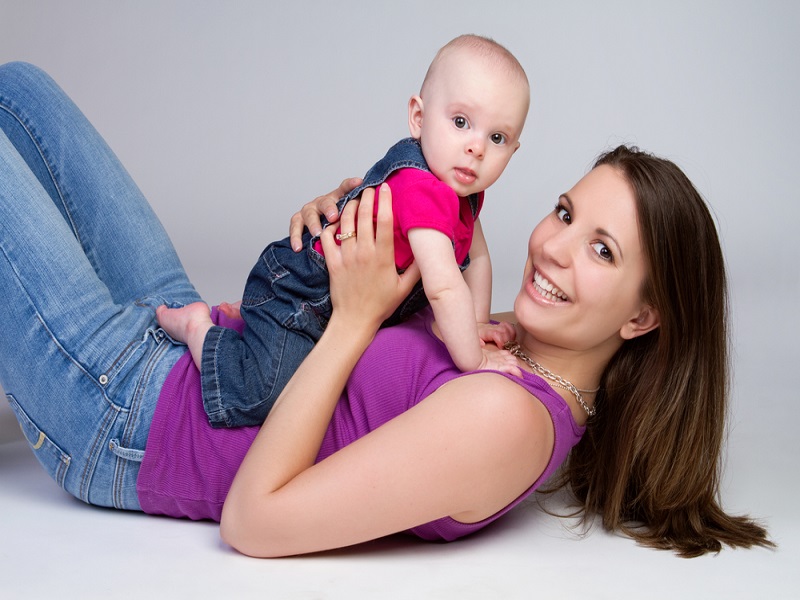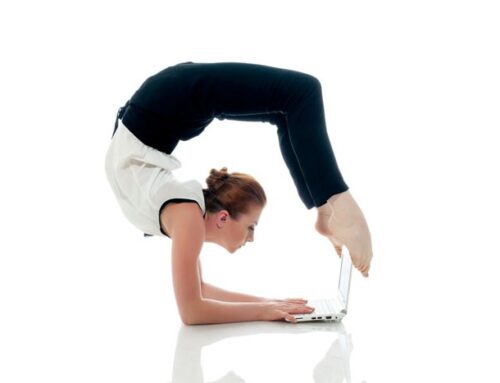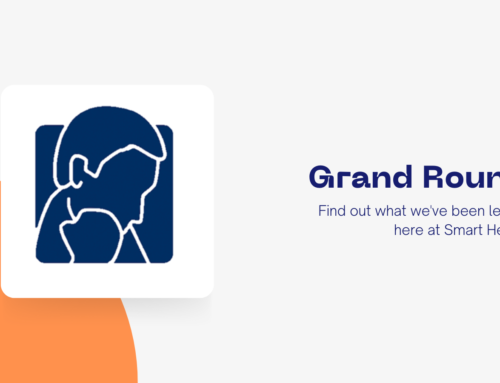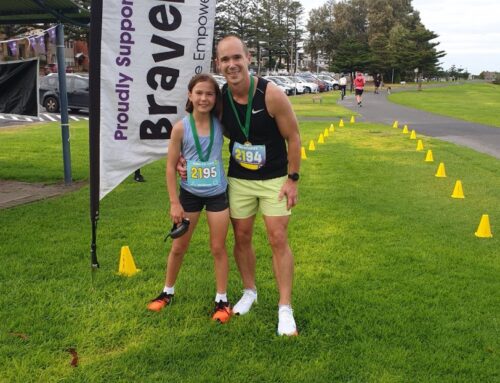Being a Mum is hard work, or so I’ve been told! Never having had any children myself, all I have to go by is the multitude of post-natal mums and bubs that I see in clinic as a Physiotherapist and Pilates instructor, as well as my far more important (and less formal) role as favourite Aunty. A role I take very seriously.
There is nothing more wonderful than watching someone you love bring life into the world. Coming from a close knit family of 5 children, my nephews have no shortage of Aunties (and Uncles) love to go around. But the more time I spent around my first nephew, let’s call him Z, the more I realized that all of this incidental knowledge I had from my pediatric physiotherapy placements was actually far more useful than I initially realised.
Although “tummy time” was by no means a foreign concept to my sister, it was something that was not initially tolerated well by Z, so therefore, it was not practiced often, except of course for the 3-4 times a week he would see Aunty Simmi (that’s me) and of course we would get some good practice in. Spending time with my nephews was a challenge to get creative, and get some real life practice of the things that I would go on to teach to my “Mums” at work.
Spending quality time with your newborn does not have to mean standing up and holding your child. With all of the nursing, soothing and feeding that is mandatory, giving your arms and back a break from that is well worth your while.
It goes without saying that there are many Mums’ that are keen to get their pre-pregnancy body back, but may not know how to do so in a safe and supportive way. Making sure that you are improving your stability through your core, and focusing on improving pelvic floor function, as well as assist a rectus diastasis (vertical split through the abdominal muscles/linea alba) in resolving.
There are many safe and effective ways to exercise your body immediately after giving birth, which also allows you to focus on your new cherub. With you laying on your back, and bubs resting their tummy on yours, you are in a great position to be able to captivate (and trick) your willing audience into some neck control exercise. Holding their head up against gravity and prompting some delicious thoracic (upper back) extension, as well as taking some support through their upper body (prepping to crawling), is an important stepping stone to the posture of your little human. The abundance of exercises that can be performed from this position is expansive. A great way to challenge your changing body and spend some time with bubs while they are still happy to be (relatively) stationary! Similarly, side lying exercises are a great way to get some gravity resisted, gentle gluteal (butt) exercises happening. At the same time, you can encourage bubs to be turning their head to look at you. Doing this on both sides (so that your baby is prompted to turn their head both left and right), encourages head movement in both directions, reducing their likelihood of developing a misshapen head, or flatness on one side. The fancy pants name for this is Plagiocephaly (which goes beyond a merely aesthetic issue, and can and should be investigated by a qualified healthcare professional to maximize both skull and brain development). Doing these exercises alongside your baby can help you to identify any such issues, and get them dealt with promptly, as well as encourage quality time spent with your baby in a positive, appropriate exercise environment.
Simone Sarris is a Physiotherapist and Pilates Instructor with Smart Health Training & Services who facilitates the SmartBump program at Smart Health.





